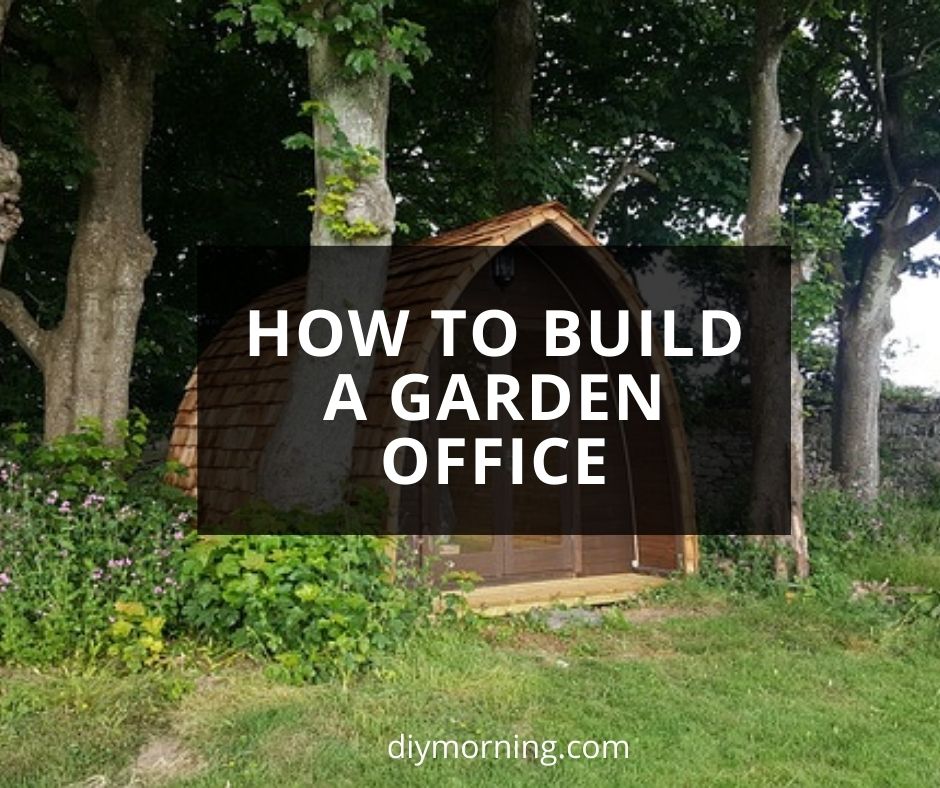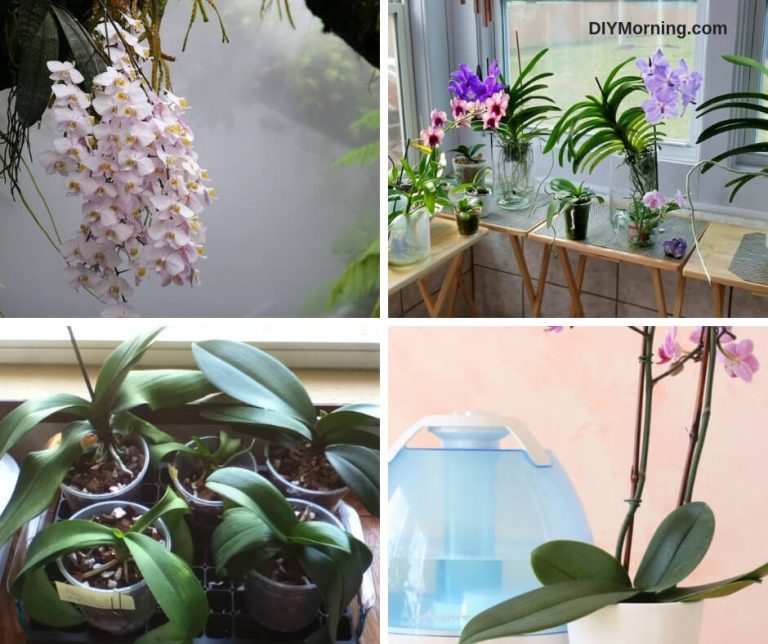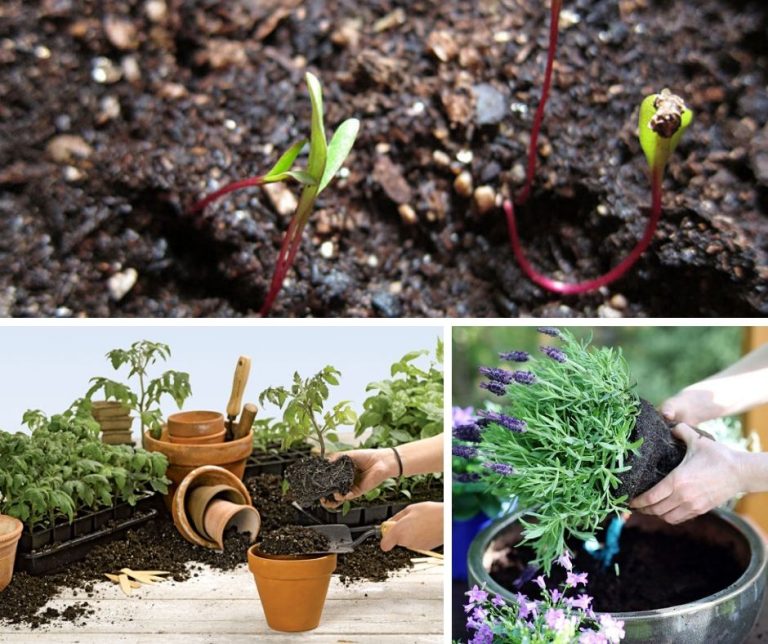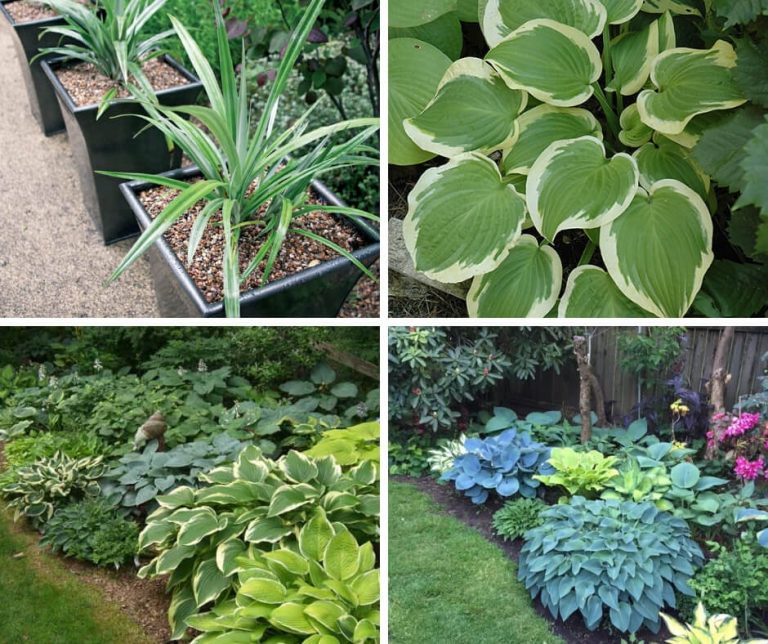How To Build A Garden Office
Sometimes you just can’t work at home, because there’s an absolutely different environment at home as compared to the professional office. So, what would you do if you want to work at home being completely isolated from distractions? In that case, insulated garden offices would be convenient ideas.
Whether you want a man cave, a home gym, or a home office, your most inexpensive yet elegant option would be a garden room. A garden room is totally different from a shed. It is a complete room with a proper heating system, insulation, electricity, Wi-Fi, and other different options to add on. You can add the facility of water and waste removal as well if required. However if you want to build a standard office shed you might want to check these shed plans.
So, if you have an unused corner of a garden, you can make use of it without extra charges of extension. You have a list of options as well, in case of designing from off-the-shelf packages to bespoke builds.
A garden room is literally the best option to add a flexible space that fits according to your needs. There are other options as well, such as:
- Loft conversion
- An Extension in the home
- Moving home
But indeed they are expensive options. So, a garden room would be the best in-expensive choice for a home worker, as it allows a completely separate yet connected space. So, here’s how you can build a garden room for you as well.
Table of Contents
1. Planning And Positioning Of Your Garden Room
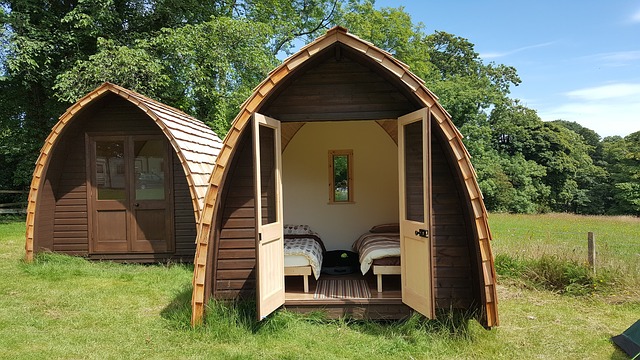
Before the actual construction of a garden room comes planning. Obviously, you are not going to build a space for single-day use. When you want to use the room for the whole year, there’s more planning pressure on you. Plan the construction in a way so that you can use the space in every season. You better need to keep in mind the following requirements:
- Heating
- Proper Sunlight
- Safe from damp
- Water
- Electricity
- Wi-Fi
All this stuff counts for a comfy, professional, yet homelike place. The design of your garden depends upon the size and your budget. You should keep in mind that you have to design it in a more room-like way rather than designing it to be shed.
Your garden’s positioning depends upon either you want to use it for some specific season or for the whole year-round. Depending on the factor mentioned earlier, choose a shady or a sunny option for your garden.
2. Structural Options From Off-The-Peg To Bespoke
There is a variety of options regarding the structure of a garden room. If you don’t have some specific requirements, then you can simply go with ready-made designs provided by your architect. Otherwise, you can ask for a bespoke design as well. The amount of add-ons depends upon your requirements, whatever you want.
Besides electricity, water, and Wi-Fi, what else can be added is a kitchen. Therefore by choosing a customization option, you can add all your essentials to your garden room. Even you can decide where you want the lights to be fitted, the wall plugs. Plus, it’ll be easy to choose what kind of heating system you want.
If you want something more affordable, then you can consider a self-assembly model as well. And this also comes with different add-on options, insulated walls, and floors. An ideal garden room must be constructed, keeping in mind the proper sunlight, shed, water, and electricity supply.
Note, a personalized design is more expensive. But, the price can vary depending on the quality, size, area, and finishes.
3. Convenience And Maintenance
For the construction to go smoothly, you have to consider the maintenance before-hand. And it gets a bit tricky when you are managing the whole construction yourself for the first time, as you don’t know where to start and all the basic stuff. But don’t worry. We got you.
Always allow some extra budget for the sake of emergency or last minute changes. And keep the cash aside for electricity, water, and waste. It is better to discuss things with your electrician and plumber so they can set up things the way you want.
For electricity, you have two options:
- Cables
- Solar Panels
The underground cables should be installed deeper than 30 centimeters to prevent them from damage.
For water supply, you need the pipes to be installed at least 75 centimeters deeper. You need two pipes, one for cold water and the other for waste removal. Moreover, if you want hot water, you can add the option of a hot water heater under your sink. And, if your garden room is away from home, then you must connect a separate pump station to the room as well.
4. Utilities
Electricity And Network Cables
Even when you want to use the garden room just like a room, you still need a heating system and electricity to give it a good look. While installing electricity, the things that you have to install are:
- Cables
- Lights
- Plugs
You can extend the electricity connection from your home to the garden room along with the Wi-Fi cables if you want. Plus, you must set a reasonable budget for electricity. So, you can hire a qualified electrician.
Heating Options
For the heating of the garden room, what options you select depends on your budget, design, and room size. The choices you have are:
- Insulation
- Underfloor Heating
- Air source heat pump
- A wood burner
The last option you can think of is extending the central heating system of your home. Although it is convenient compared to all other options, it still is expensive if your garden room is away from home.
The underfloor heating system comes with insulation boards and a digital thermostat, so you can choose it instead of extending your home’s heating system. Another option is the wood burner, which along with giving an aesthetic look, warms your room as well. And it is suitable for a bigger room.
Final Word
That’s it! If you’re planning to build a garden room, keep all these pre-planning tips in your mind. Good luck!

